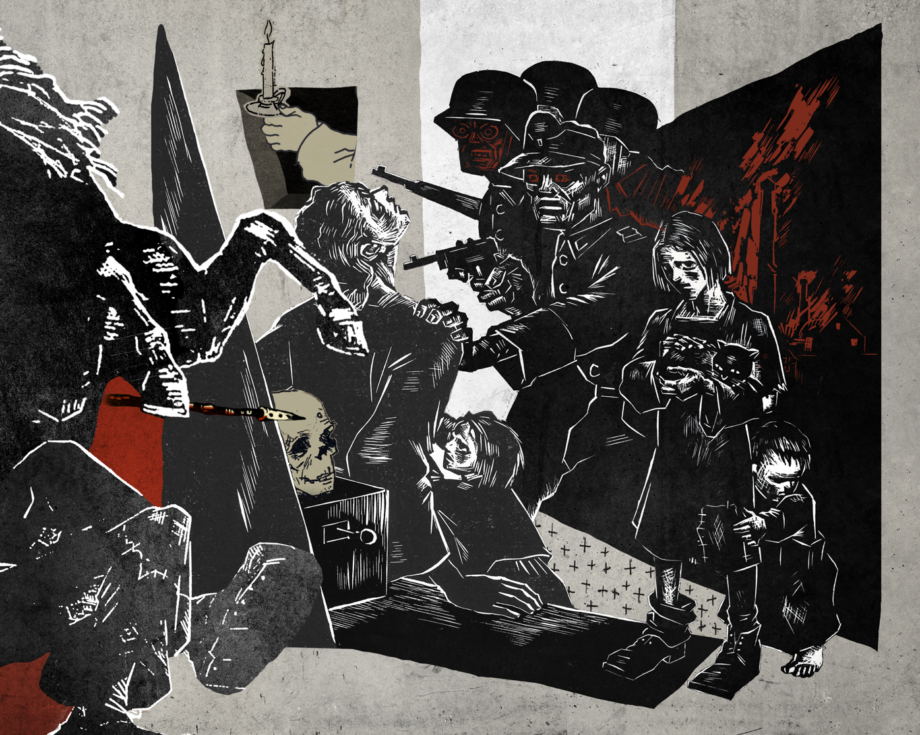ORDER
Democracia

ACT I - EAT THE RICH/KILL THE POOR



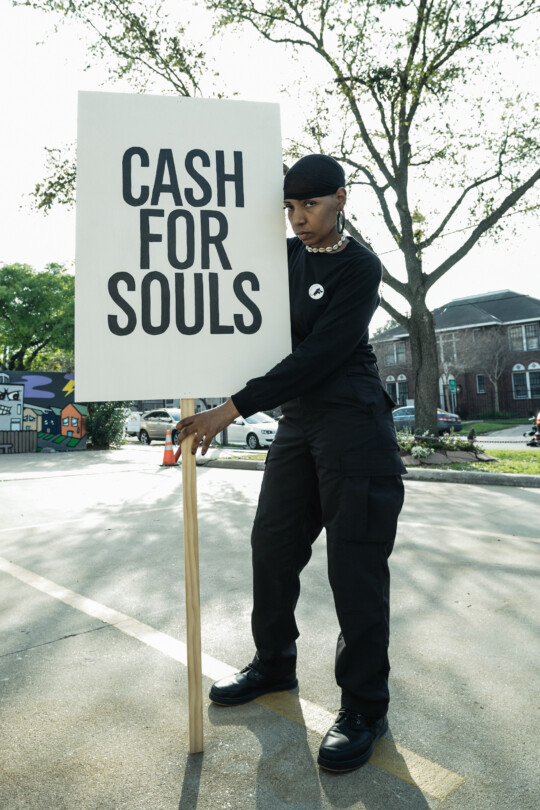
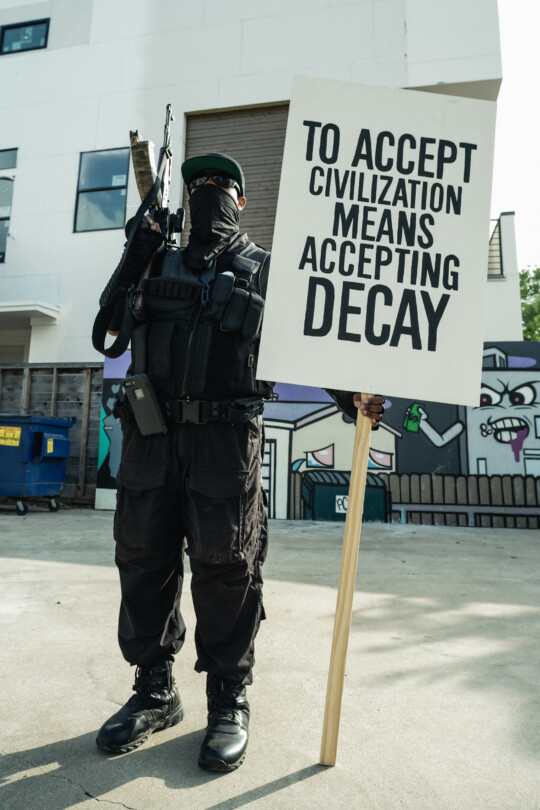
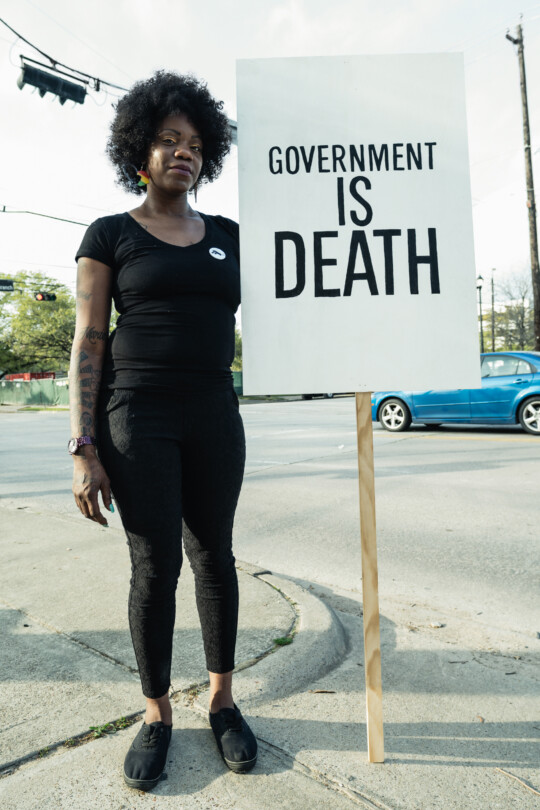
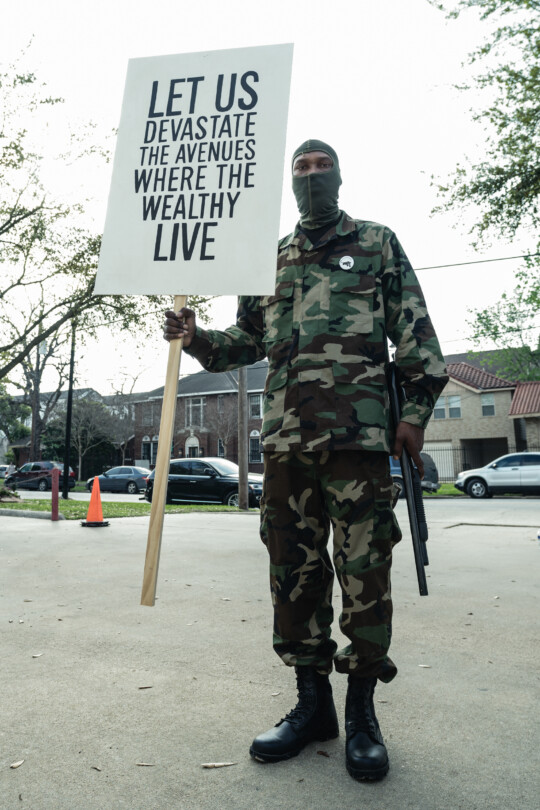


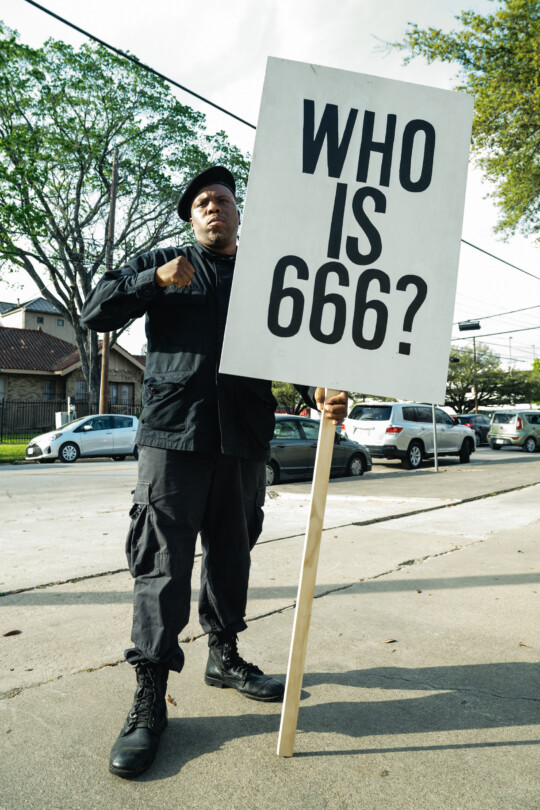
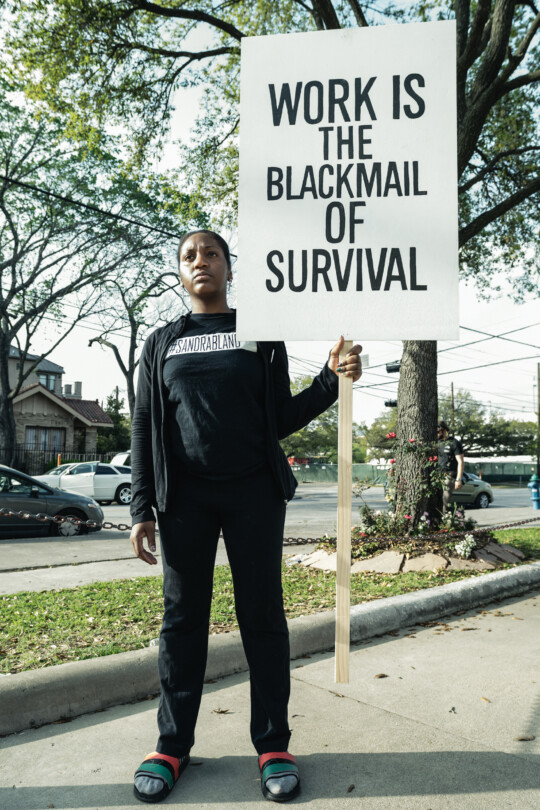
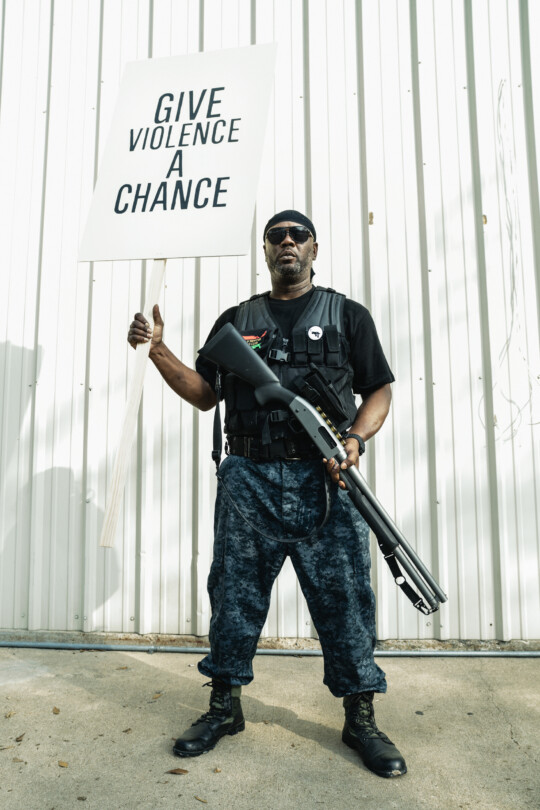
ACT II - Konsumententchor



ACT III - DINNER AT THE DORCHESTER


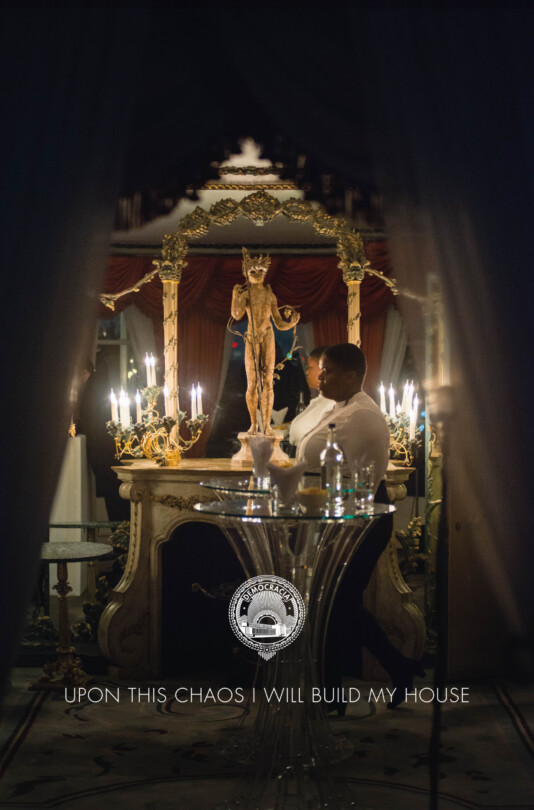


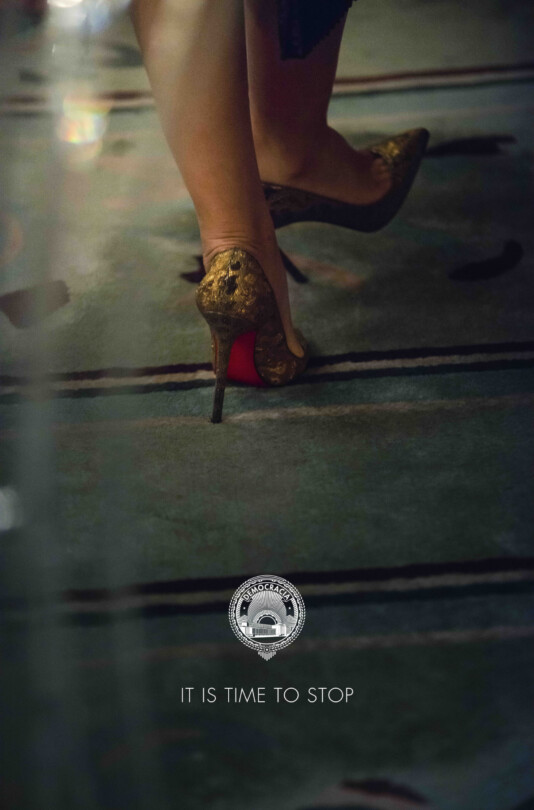
Essay
Do Not Let Yourselves Be Consoled: An interview between a/political & Democracia
a/political: Collaboration takes a central role in your practice. Internally, there is a continuous dialogue between you both, and externally through the process of intervention in public spaces and discourse. Here, my interest is in the distinction between the two forms of collaboration, in your work, the public is not always entirely aware of their own participation. How far do you think the collaboration with the public transgresses into a relationship of control?
Democracia: Our practice includes collaborative dialogues between agents other than the two of us. We see Democracia as a temporary node in which we function as a kind of nucleus. This establishes the line of work, the ‘agenda’ of Democracia, where diverse collaborators meet to develop a specific project. These collaborators can be habitual ‘cultural producers’, appropriating Democracia’s framework of action from their different perspectives, or, when the collaborators belong to collectives outside the orbit of the art world, intermittent.
The public participates by involvement, therefore constructing a ‘situation’ of which they do not necessarily have to be aware. From the inception to the construction of a specific ‘situation’, we may have an idea of how to appeal to the public or of what message we want to communicate. We do not believe that we can call that a ‘relationship of control’. Although the action is performed in a specific space within a precise context, it is not possible for us to foresee its development. On the other hand, it is the public, and their interpretation of the proposal, which ends up completing it. That’s why we try to always provide free room for the viewers to develop their own conclusions about the work presented to them.
A critic described some of our installations as ‘The Aesthetics of Totalitarianism’. Perhaps, when referring to those we could talk about ‘control’, but, that would have more to do with us using the tools and mechanisms of propaganda and the transmission of a tightly sealed message than to ‘relationships of control’.
a/p: To what extent is the method of collaboration a beneficial mechanism used to relinquish responsibility for a difficult situation you have helped to create?
D: We do not believe that by creating difficult situations through collaborative work, we are willingly deflecting responsibility; in fact, the very ethos of Democracia demands of us to face it. Several times we have had to give explanations to the police, and we assume this as part of our practice. In other occasions, the press put us in the pillory. These factors are symptomatic: something is working.
a/p: In Do not let yourselves be consoled! (2009) you inserted political slogans into the football crowd at a match between Girondins de Bordeaux and Stade Rennais, on 27th September 2009. Collaborating directly with the Ultramarines of Girondins de Bordeaux, you politicized a stadium through chants, banners and merchandise, a situation that was hitherto banned. Can you say more about access – how you approach such precarious relationships and navigate your way around such rigid systems?
D: On most occasions, we prefer that our projects circulate without the ‘art’ label. That said, we must admit that certain places would be beyond our reach were we not using that label as an alibi to allow us access.
In the specific case of Do not let yourselves be consoled! we first approached the club’s management, since they would have to give the appropriate permits for the intervention on their merchandising. This first contact was made as a collaboration on an artistic event. Once access was granted, then we started a direct partnership with the Ultras, thus entering into a political discussion space in which the choice of banners and merchandising would have to reflect a language shared by all sides. It was at this second stage, when the artistic factor faded into the background, having accomplished its mission of procuring access to the sports field.
a/p: The slogans that were used during Do not let yourselves be consoled! also appear in other interventions, including Subtexts (2010) where you inserted the Arabic translations into advertising spaces in the city of Manresa, a location heavily populated with immigrants of Moroccan origin. What is the intention of this ongoing repetition?
D: We insist on certain concepts to be explored within different contexts, something we have done with other slogans. For example, the posters of the ‘Assassin State’, depending on where they are distributed and on the history and the specific social situation of each place, will acquire different connotations.
The slogan to which you refer is a verse from a poem by Brecht in which he argues against religion and warns us of its power of seduction. The same verse, in a football environment, refers to the evident cult character that this sport has acquired in Western societies, replacing religious rites. Within the Subtexts project, it becomes part of a set of emancipatory ideas of Western political and philosophical tradition, translated into Arabic.
a/p: Can you say something specifically about ‘La mejor lucha es la que se hace sin esperanza’ (The best struggle is the one that is hopeless)?
D: We have utilized this slogan within different contexts with different connotations as we mentioned earlier.
The project began as a tribute to the partisan Quico Sabaté, 2015 marking the 100 anniversary of his birth. Quico Sabaté was one of the last urban ‘guerrilleros’ that confronted Franco’s regime, fighting until he was killed in 1960. For us, this phrase summarizes the spirit of their struggle for a cause which, even knowingly doomed to fail, they did not stop pursuing.
It also has a broader reading, as a warning against the traffickers of hope and in favour of utopianism, which works independently to the references to Sabaté.
a/p: Further to the repetitious use of slogans as propaganda – advertising a meta-ideology from the voices of history – you have also branded your work through the conspicuous inclusions of your logo. Can you comment on this act of commercialisation?
D: We chose the name of the collective awareness that the word ‘democracy’ is losing its meaning. From there, it was only a step further to converting it into a logo and a trademark; after all, the majority of our collective imagination is currently constituted by advertising’s rhetoric and imagery. The inclusion of our logo in certain works obeys this commercial logic that floods all areas of life. It also works by linking the concept of Democracia with the issues that we approach: police, class struggle, and so on.
a/p: This act of commercialization is, as you state, an active appropriation of today’s media culture. Democracia balances this language with the Punk ideology of anti-authoritarianism and working outside of the system. Can you speak more about the use of punk music in your work, starting with your recording project Vacaciones en España?
D: Punk was a cultural breeding ground for us and as Luis Navarro, one of our usual collaborators and lyricist for Vacaciones en España, would say: “Punk is dada for the masses”.
Vacaciones en España aims at the dissemination of a specific message within Spanish popular culture. The project is an experiment at overcoming the sphere of art as our exclusive communication machinery in order to reach audiences, that although perhaps not interested in contemporary art, are interested in punk music. The message is communicated not just via that specific tune but through its presentation by a band created exclusively for the project and, also, by covers of it by other bands. Vacaciones en España is itself a cover of Holidays in Cambodia by the Dead Kennedys. If the original referred to Pol-Pot, our cover references Franco. According to various studies, Cambodia is the country with the highest number of missing people, followed by Spain. The merchandising developed to accompany the release of the song works also as propaganda.
Utilizing this particular song allowed us to approach collective memory in a flexible way. By comparing Franco’s regime to the Cambodian repression, it establishes Franco’s repression as the genocide that it really was.
a/p: In 2011 Democracia co-curated an exhibition entitled Useful Art with artist Tania Bruguera. On your website, it states that the intention was to “highlight the potential of ‘useful art’ to create new avenues of the relationship between art and society, including the possibility of aligning with truly transformative movements” but also to critique such efforts when they become instrumentalized as substitutes for real social change. It would be interesting to think of your practice within this framework; to understand if ‘social change’ is an intention of your work, and if so, how the agency of the work changes within the stages of production, from the physical event to the final edited version, displayed within the context of an institution?
D: From our point of view, social change is not going to be the result of any artistic practice. Therefore we can hardly say that ‘social change’ is the intention of our work. Social change can only be achieved through collective mobilization and direct action.
Having said that, art as a tool can be put at the service of movements that seek social transformation, in which case art can be effective. By itself, art is insufficient.
a/p: Lastly, let’s turn our attention to your most recent body of work ORDER, which you are premiered at Rua Red Gallery, Dublin before its presentation at Station Museum of Contemporary Art, Houston. As with much of your work, this opera is based on a series of public and private interventions. However, this time, the artwork is ambitiously filmed over multiple locations, Houston, Dublin and London and in collaboration with a diverse group of collaborators that include; a German-speaking children’s choir, professional opera singers, classical composers and radical-armed black rights activists. Over the four years that the opera has been in production, did the work change considerably from what you had initially envisioned?
D: The work gradually changed from its inception to its formalisation, this normally happens with projects that stretch on over time and consist of collective contributions from the different individuals and groups that we work with. These contributions provided us with different perspectives and visions, as much aesthetically as conceptually. It is our practice, open as it is, to engage in collective production: we know the departure point but not the point of arrival. The concept of a description of the contemporary social, political and economic order was the initial objective of the project. There have been changes in locations, the actions performed sharpened with time, however, the core ideas have been maintained.
a/p: Can you speak more about the collaboration with the Huey P. Newton Gun Club (HPNGC) that appears at the end of the first act? How did you present the narrative of ORDER to them and what were their parameters of involvement?
D: In order to gain the participation of the HPNGC, the mediation of Station Museum of Contemporary Art was essential. They are a very special institution, as they develop projects of a deeply political character from a totally autonomous platform, while simultaneously serving as a meeting point for different dissident groups. Station’s expansive network of alliances facilitated the participation of these organisations.
During the development of the action, our will to transform an open carry demonstration into some sort of poem built of various slogans and quotations on placards coalesced with the intention of the NBPP to carry their own propagandistic act. It was necessary for us to clarify the context of two specific placards: ‘Who Is the 666?’ and ‘Who Is the Beast in Revelations?’, as the Biblical references could conflict with the HPNGC’s policy of non-religious affiliation. However, these phrases were extracted from Amiri Baraka’s poem Somebody Blew Up America so the reference isn’t so much about Religion but about History: it references Roman Emperor Nero figuratively as ‘the beast’, in the sense given by Baraka, it refers to those in power.
When asked by the group about our motivation to collaborate with their organisation and about what their role was within the project’s narrative, our answer was clear: as Marx said, “The fight against oppression has to be directed by those most oppressed”.
a/p: During Act III. Dinner at The Dorchester, you embedded two performers within a dinner party attended by royalty and members of the global economic and political elite. At the table, the unwitting guests are confronted with the implications of their capitalist undertakings. This was played out by the character of Lisa, a waitress. The controversy of this specific action is compounded by the fact that, in reality, the host of the dinner is also a collector and a patron, a champion even, of your work. Can you talk more about this situation, in the context of ‘class war’?
D: Earlier we talked about using art as a key to access certain exclusive spaces, here we have a clear example. The fact that there is a space of complicity, allows this action to develop so the subject can be constructed not as a mere representation, but as a real situation. If we get here, it is thanks to the host, for is he who permits the situation to occur. We believe that this is indicative of his commitment to our vision.
a/p: Has this connection altered the way you perceive the film?
D: Yes, of course, on a personal level. From Andrei, the Founder of a/political and collector of our work, it is an act of immense generosity. There are projects that ultimately depend on the agreement of an individual, such the president of a football club playing the European Cup (by allowing external agency over matters as delicate as official merchandising, or direct intervention at the stadium during a league game). It can also be the cemetery guard who turns a blind eye. The first two actions possess a more substantial dimension, they enable projects that question the very medium, to which those that make it possible, belong.
a/p: How far do you cast judgment on the subjects of your work?
D: The main objective of our work is self-criticism.
Suggested
States of Violence
In collaboration with WikiLeaks

HOW TO SAY IT THE WAY IT IS
Rua Red
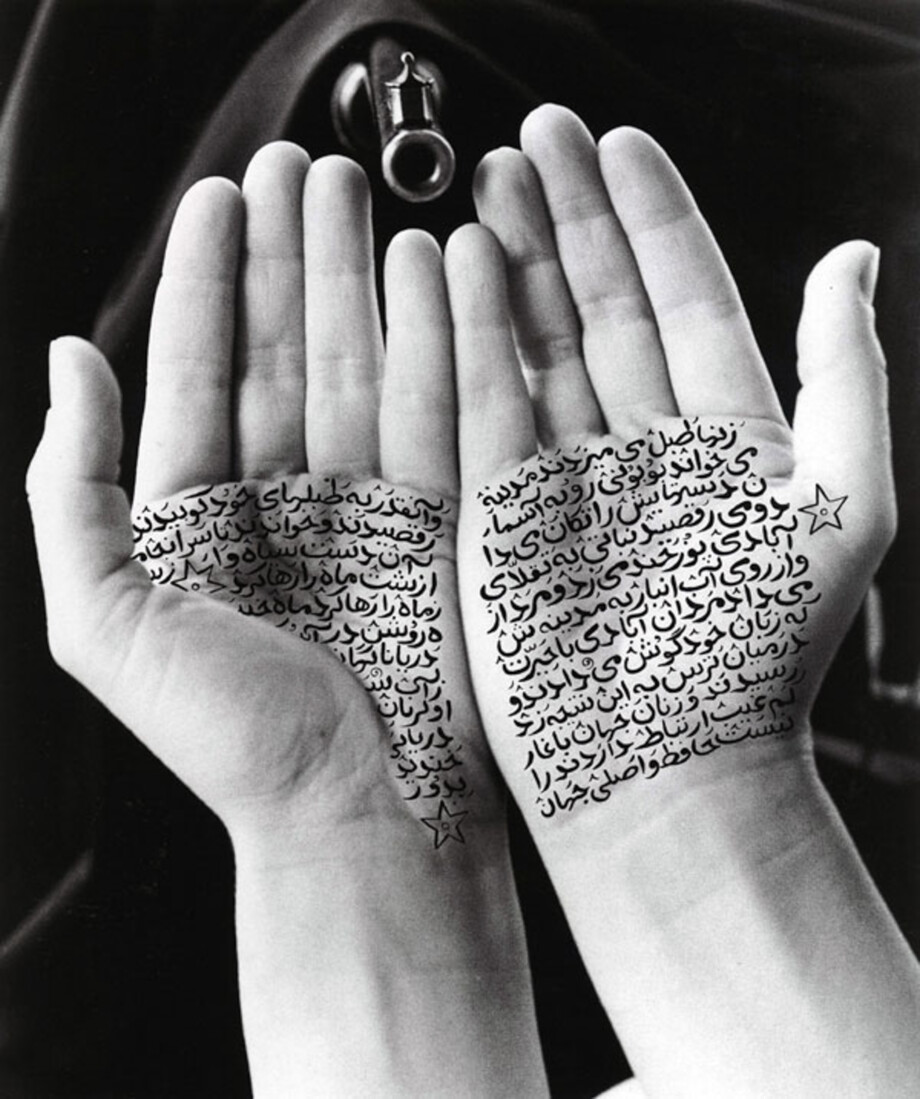
US OR CHAOS
BPS22

KHAM: THE ROAD
PETR DAVYDTCHENKO
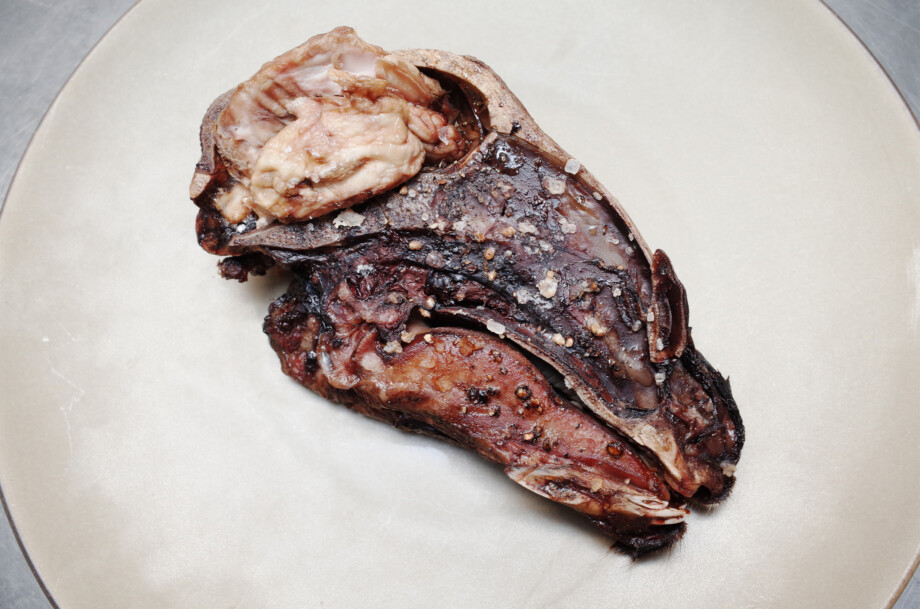
TESTOSTERONE
COUCOU BEBE 75018
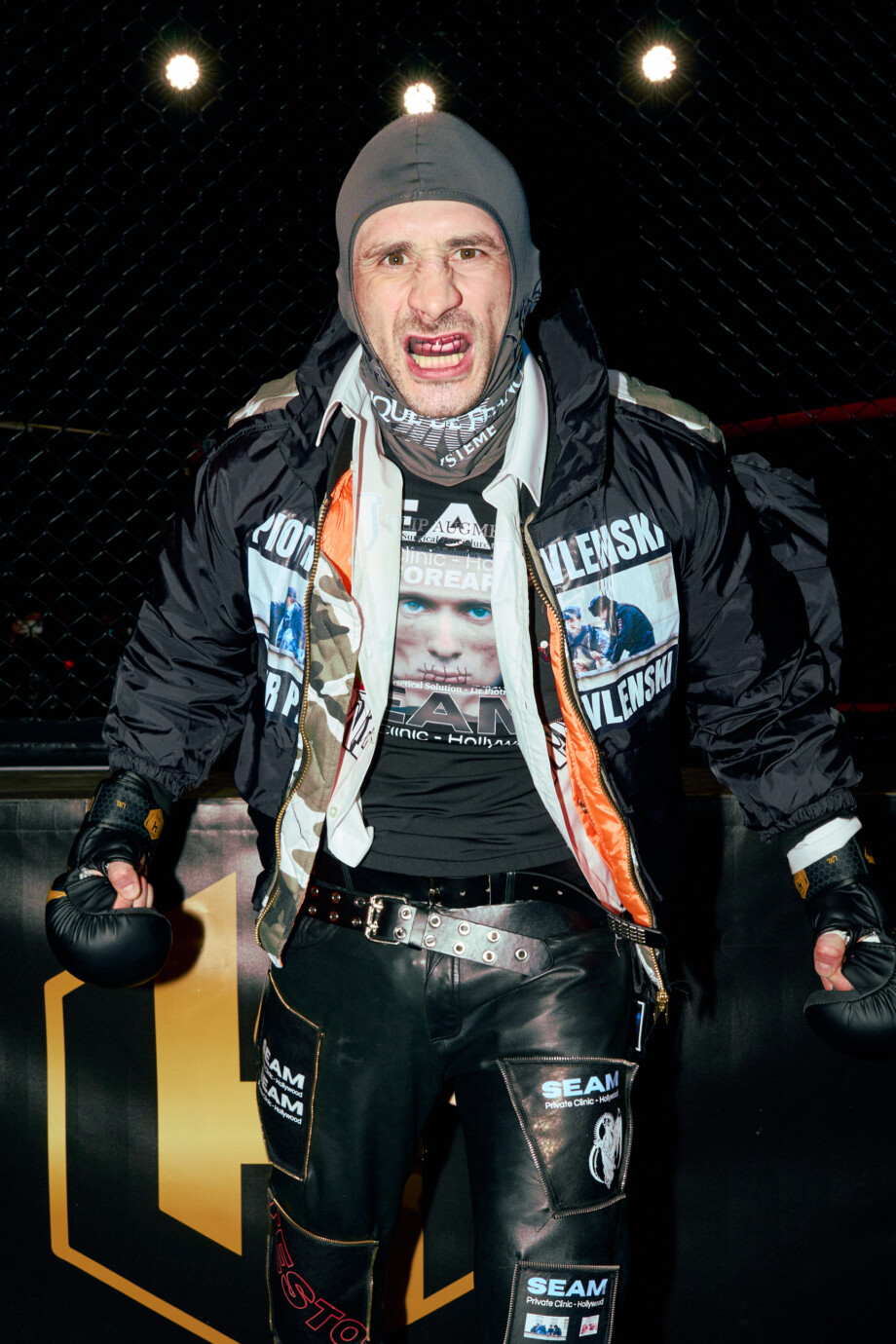
UNTERNEHMEN BARBAROSSA
LAIBACH
